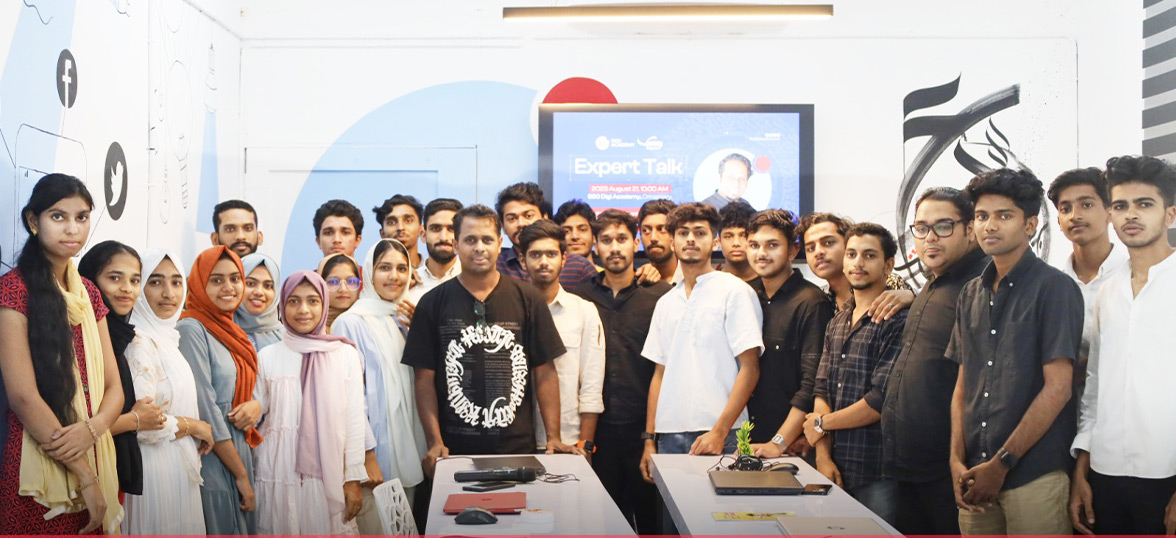360 Digi Academy

The trajectory of a business's growth is an intricate dance that goes beyond the mere excellence of its products or services. While the quality of what it offers is undoubtedly crucial, the manner in which these offerings are communicated to clients plays an equally vital role. In the realm of transmitting the business's essence, it's the design that initially captivates the audience's attention, before the words even have a chance to make their impact.
Effective design is a conduit through which the business's ethos is translated into visual language. A design that possesses certain characteristics is more than just aesthetically pleasing; it becomes a powerful tool for engagement and connection. First and foremost, it must be memorable. In a world filled with fleeting impressions, a design that lingers in the mind is one that can spark recognition and recall.
Moreover, clarity in design is paramount. It's not just about creating something visually striking, but also ensuring that the message it conveys is crystal clear. Ambiguity can lead to confusion, and in a competitive market, clarity is key to cutting through the noise.
Credibility is another linchpin of effective design. A design that exudes professionalism and reliability instantly boosts the business's credibility in the eyes of its audience. When the design aligns with the promises the business makes, it reinforces trust and authenticity.
Relevance, too, is a critical facet of good design. It should seamlessly mesh with the target audience's preferences, aspirations, and cultural contexts. When design is tailored to its audience, it resonates on a deeper level, creating a more profound connection.
Yet, perhaps what sets exceptional design apart is its ability to be both special and unique. In a saturated market, being distinctive is a game-changer. A unique design sets the business apart from the sea of sameness and establishes a memorable identity.
Digitalization has sparked an unprecedented transformation in the advertising industry. This digital revolution has ushered in a new era of communication and engagement, but it has also intensified the competition in the sector. Businesses are vying for attention in an increasingly crowded digital landscape, and as a result, the art of design has taken on even greater significance.
The Indian advertising industry, in particular, is poised for significant growth in this evolving landscape. With the country's expanding digital infrastructure and increasing internet penetration, there is a vast canvas for innovation and creativity. This growth isn't solely limited to the volume of advertisements; it extends to the sophistication and strategic impact of campaigns.
As the Indian advertising industry marches toward this promising horizon, the role of design becomes all the more pivotal. The symbiotic relationship between design and message, aesthetics and meaning, will continue to shape the narrative of businesses, carving their identities in the minds and hearts of consumers. In a world where the visual is a universal language, the businesses that master the art of design will wield a potent advantage in the unfolding story of growth and success.